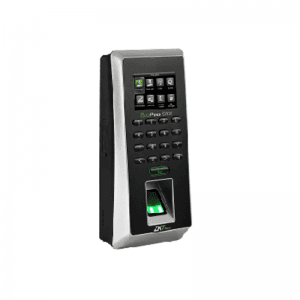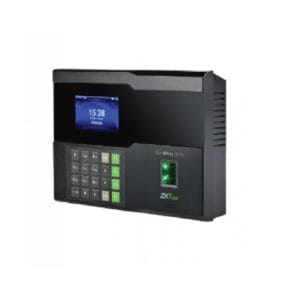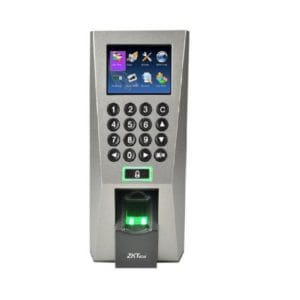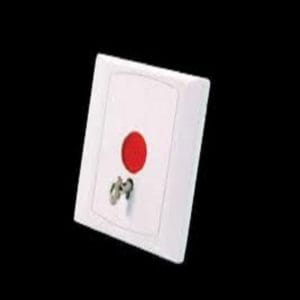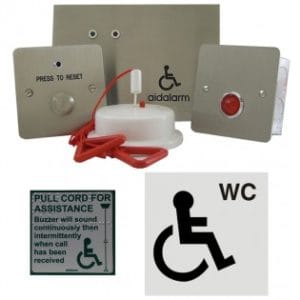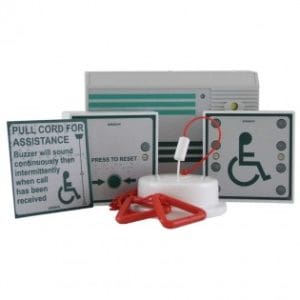Your list is empty, add products to the list to send a request
Emergency Door Release Call Points: A Comprehensive and User-Friendly Guide

23
May
Safety in buildings is paramount, and one of the crucial components that ensure this safety is the Emergency Door Release (EDR) call point. This small yet vital device plays a significant role in emergencies, allowing for swift and secure evacuation. Whether you are a building manager, safety officer, or just someone interested in learning about emergency systems, understanding how EDR call points work is essential. This guide will delve into what an EDR call point is, how it functions, and why it is an indispensable part of modern safety protocols.
What is an Emergency Door Release Call Point?
An Emergency Door Release (EDR) call point is a safety device typically installed in commercial buildings, schools, hospitals, and other facilities. Its primary purpose is to allow people to unlock emergency exits manually. This becomes crucial in situations like fires, power failures, or other emergencies where automatic systems may fail or be too slow.
Imagine a fire breaks out in a building. Smoke fills the hallways, making it difficult to see the exits. Emergency doors might be locked to control access, but you need a quick and easy way to escape in an emergency. This is where the Emergency Door Release Call Point comes in.
This bright green box, usually mounted on walls near exits, is a manual way to unlock electromagnetically-controlled doors. In simpler terms, you press a button in an emergency to release the lock on a secured door, allowing for a faster escape route.
How Does It Work?
The EDR call point is designed to be simple and effective. Here’s a step-by-step breakdown of its operation:
Types of Emergency Door Release Call Points
EDR call points come in various types to suit different needs and environments:
Why Are EDR Call Points Important?
Installation and Maintenance
Proper installation and regular maintenance of EDR call points are critical for their effectiveness. Here’s what you need to know:
Choosing the Right EDR Call Point
When selecting an EDR call point, consider the following factors:
Promotional Content: Why Choose Our EDR Call Points?
We understand that safety is non-negotiable. Our Emergency Door Release call points are designed to provide unmatched reliability and ease of use, ensuring that you and your building occupants are always prepared for the unexpected.
Why Choose Us?
Special Offer!
We offer a special discount on bulk orders of our EDR call points for a limited time. Contact us today to learn more about this exclusive offer and how we can help make your building safer.
Conclusion
Emergency Door Release call points are essential to any building’s safety system. They provide a reliable means of egress during emergencies, ensuring the safety and security of all occupants. Whether you are looking to install a new system or upgrade an existing one, choosing high-quality, compliant EDR call points is crucial.
We are dedicated to providing the best safety solutions. Our EDR call points are designed with your safety in mind, combining ease of use, reliability, and compliance. Don’t wait until it’s too late—ensure your building has the best emergency door release technology.
For more information, feel free to contact our friendly support team. We are here to help you make the best choice for your safety needs. Stay safe, and stay prepared with us.








